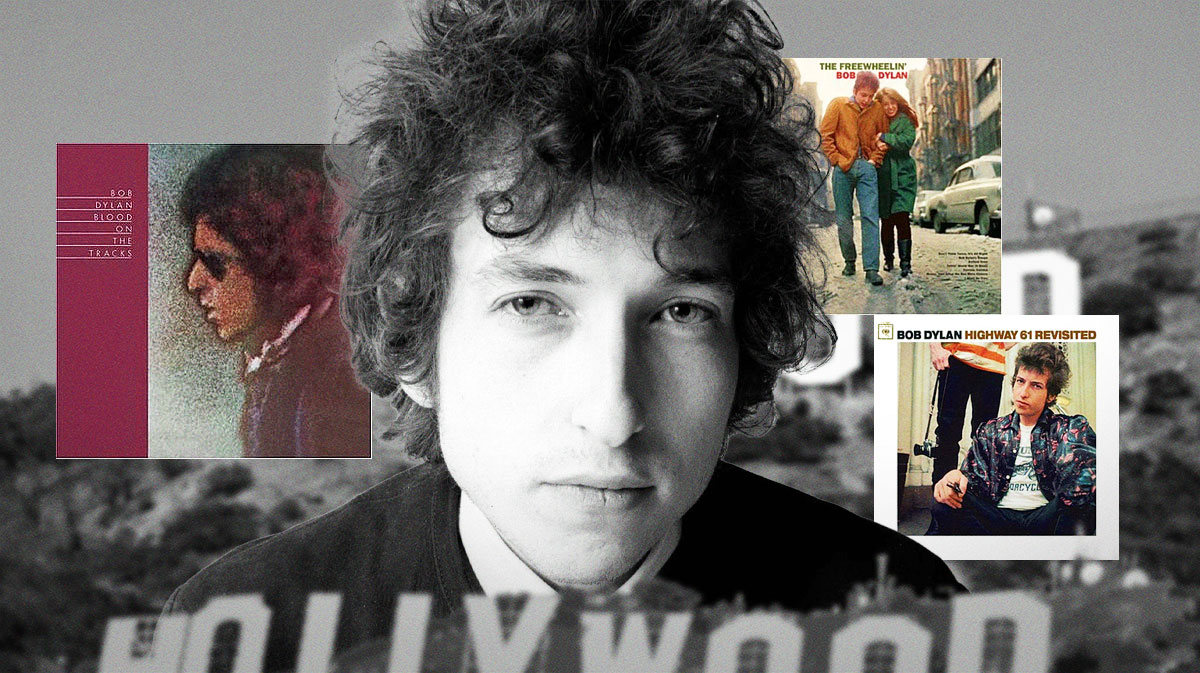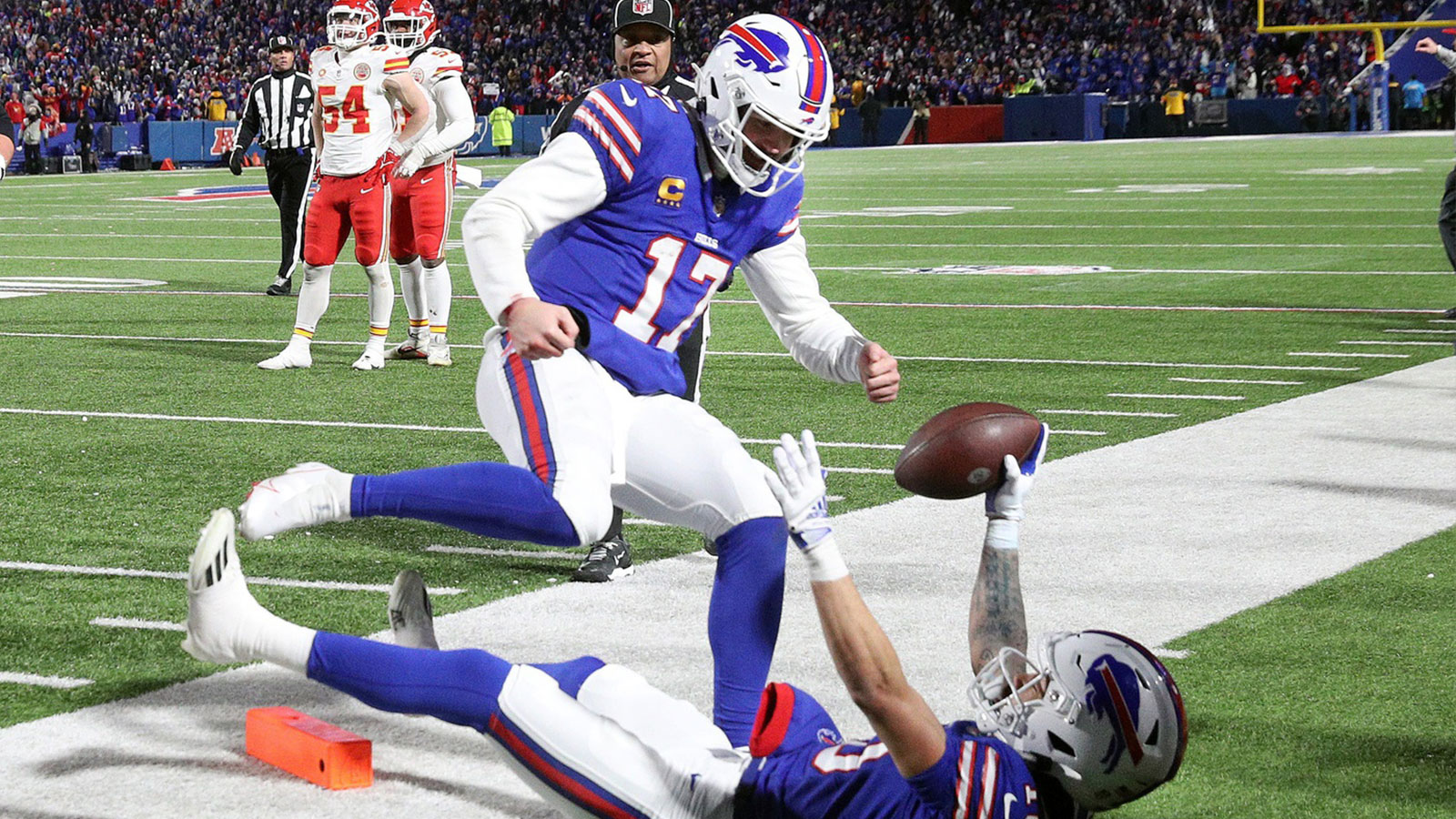Now that James Mangold's Bob Dylan biopic, A Complete Unknown, is out, it's appropriate to look back at the singer's best albums.
Of course, most know Dylan for his early folk work. As the biopic shows, he evolved over the years, beginning with Bringing It All Back Home and continuing with Highway 61 Revisited.
He is still producing new material to this day. Dylan has released 40 studio albums and countless EPs, live albums, and compilations.
Some may assume that with an artist as legendary as Bob Dylan, his work peaked in his prime. However, he has maintained an impressive standard throughout his career, which has spanned over six decades.
So, without further ado, here are his best five albums. Some albums that just missed the cut are Bringing It All Back Home, The Times They Are A-Changin', Nashville Skyline, and Street Legal.
1. The Freewheelin' Bob Dylan (1963)
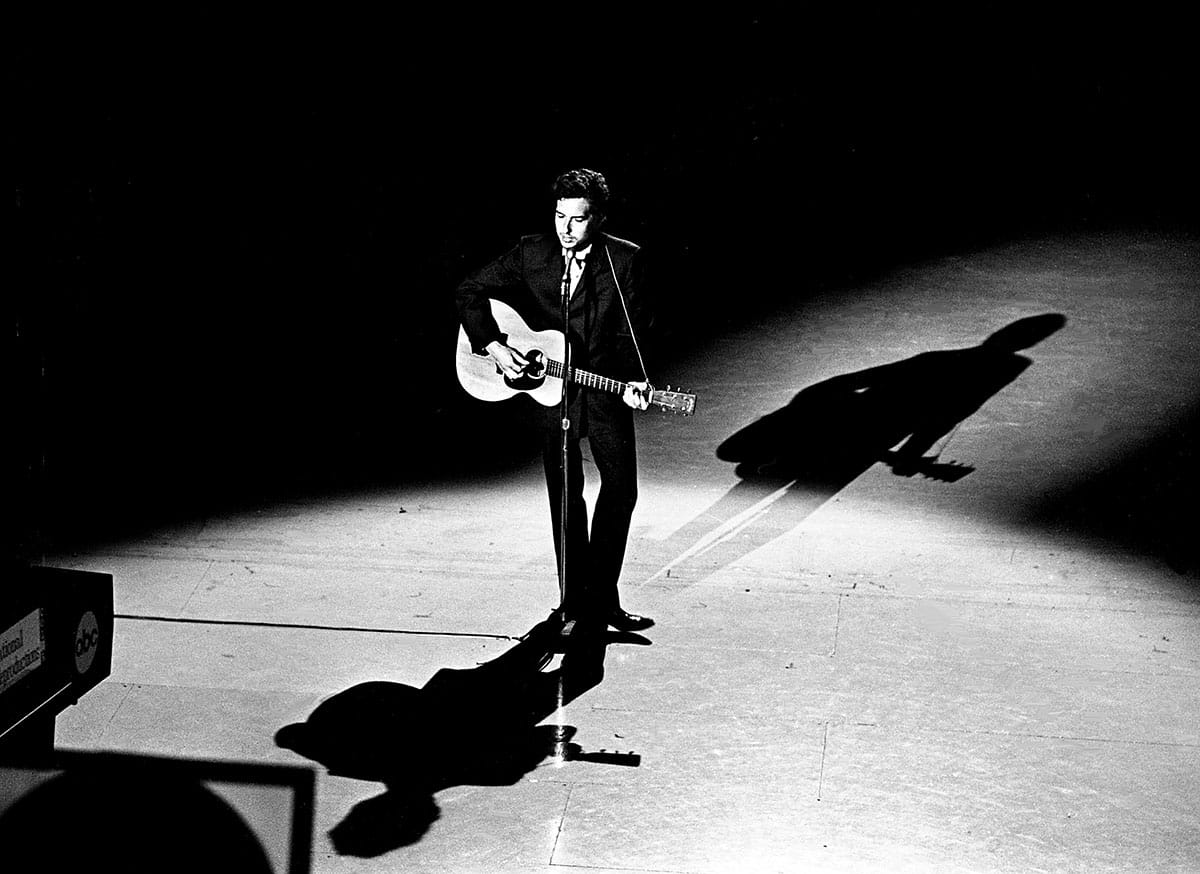
Iconic album cover aside, The Freewheelin' Bob Dylan remains his best work. It opens with one of his signature songs, “Blowin' in the Wind,” and packs the hits with other standouts like “Girl from the North Country,” “A Hard Rain's A-Gonna Fall,” and “Don't Think Twice, It's All Right.”
Some of the lesser-known tracks are phenomenal as well. “Bob Dylan's Dream,” “Corrina, Corrina,” and “I Shall Be Free” bring the album together.
It is clear that Dylan fell out of love with some of these songs. Live performances of songs like “A Hard Rain's A-Gonna Fall” and “Blowin' in the Wind” rarely sound like their original arrangements.
But one cannot deny Dylan's masterful lyricism that trumps any crazy reimagining he dreams up. It sounds cliché, but songs like “Blowin' in the Wind” still have meaning over six decades later.
Freewheelin' is the perfect introduction to Dylan for non-fans. It is accessible to all and is his best work track-to-track. Even more impressive is the fact that it is his second studio album (and a huge leap in quality after his self-titled debut album).
2. Highway 61 Revisited (1965)
The same year in which Dylan released Bringing It All Back Home, which began his foray into electrically amplified music, he released Highway 61 Revisited.
It is best known for “Like a Rolling Stone,” his best song, which opens the album. There is no greater act of defiance to the folk community than opening your album with a rock anthem as Dylan did with Highway 61 Revisited.
Other standouts from the album include “Tombstone Blues,” “Ballad of a Thin Man,” and “Desolation Row.” The latter is an 11-minute ballad and a perfect contradiction to the album's opener.
The title track is one of Dylan's most fun blues ballads. Even long before his religious era, Dylan was implementing themes of faith into his music. In “Highway 61 Revisited,” Dylan imagines a conversation between God and Abraham.
3. Blood on the Tracks (1975)
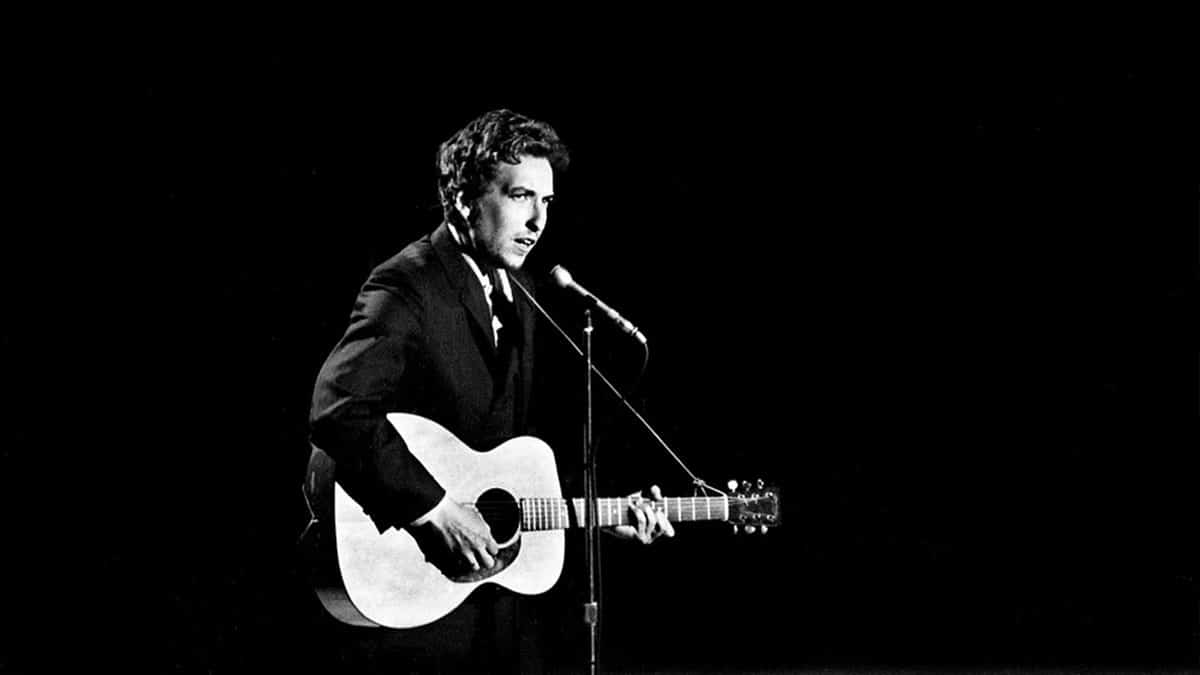
A decade after Highway 61 Revisited, Dylan released Blood on the Tracks. The album is darker than some of his past work, as it was seemingly influenced by his personal life.
Blood on the Tracks opens with a bang with “Tangled Up in Blue.” Despite the upbeat nature of the song, he seems to be talking about a failing romance.
Similarly, “Simple Twist of Fate” may have been looking back at some of his earlier relationships with Suze Rotolo and Joan Baez. The same year as Blood on the Tracks was released, Baez recorded a cover of Simple Twist of Fate for her album Diamonds & Rust (she does a wonderful Dylan impression in the song).
Blood on the Tracks is his most mature work. Thematically and in terms of how he reinvented himself with it, it is Dylan's equivalent to U2's 1991 album Achtung Baby.
4. Slow Train Coming (1979)
Kicking off Dylan's three-album religious era is Slow Train Coming. Ironically, upon my first listen, I didn't realize this was the start of that period. A few songs in, I thought to myself, Wow, he is making a lot of references to the Bible.”
It turns out that Slow Train Coming is the start of that new phase of Dylan's career. It should have been obvious, as the opening song is called “Gotta Serve Somebody.”
Dylan infuses gospel music into his music. While he has used religious metaphors and references in his music before, Slow Train Coming is the first time I can remember he leaned into gospel music.
It is a bold swing from the former folk singer. Dylan has never been shy about reinventing himself, and Slow Train Coming was another successful transformation.
5. Shadow Kingdom (2023)
Dylan's most recent album, Shadow Kingdom, is a unique experiment. It is technically a soundtrack album to the film Shadow Kingdom: The Early Songs of Bob Dylan. The concert was first live-streamed on Veeps.com during the COVID-19 pandemic, as his tour was on hold.
The album is a collection of 14 of his early songs re-arranged. Songs like “Queen Jane Approximately,” “Tombstone Blues,” and “It's All Over Now, Baby Blue” are reimagined for the album.
For some, Shadow Kingdom may seem like a cheap nostalgia album. Yes, it is a retrospective work, but the songs have drastically changed and aged like a fine wine.
U2 recently did the same thing with Songs of Surrender. Similarly, the songs they wrote in their teenage years have new meanings 40+ years onward.
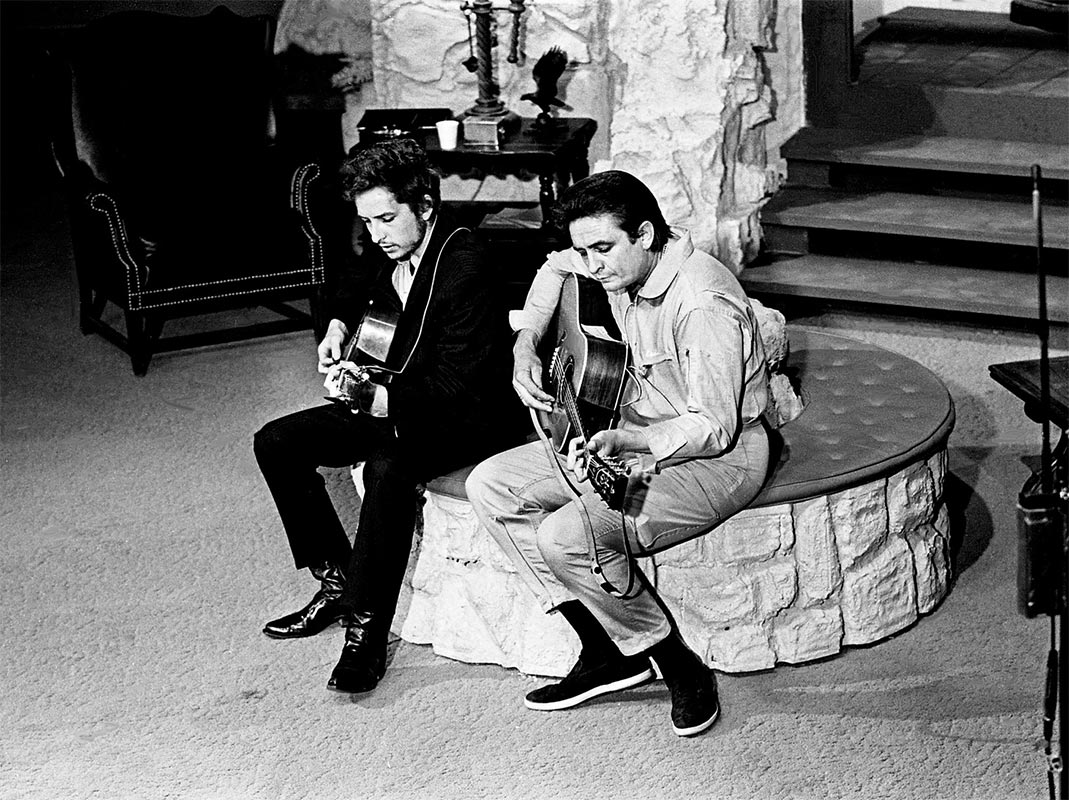
What Dylan smartly does with Shadow Kingdom is change the keys with the new arrangements. This allows him to maximize his singing voice, which is drastically different than it was when he originally recorded these songs.
In some recent live performances, Dylan sounds iffy. Of course, he is over 80 years old, so the mere fact that he is still performing is a miracle. Fans know that his singing voice began altering as early as Nashville Skyline in 1969.
Add over 50 more years of live performances and recording, and you have his aged voice. He sings some of these songs, like “It's All Over Now, Baby Blue,” better than ever. Some of the new arrangements are even better than the originals, like “Queen Jane Approximately” and “When I Paint My Masterpiece.”
If nothing else, it's Dylan's most interesting experiment. And a successful one, at that.

